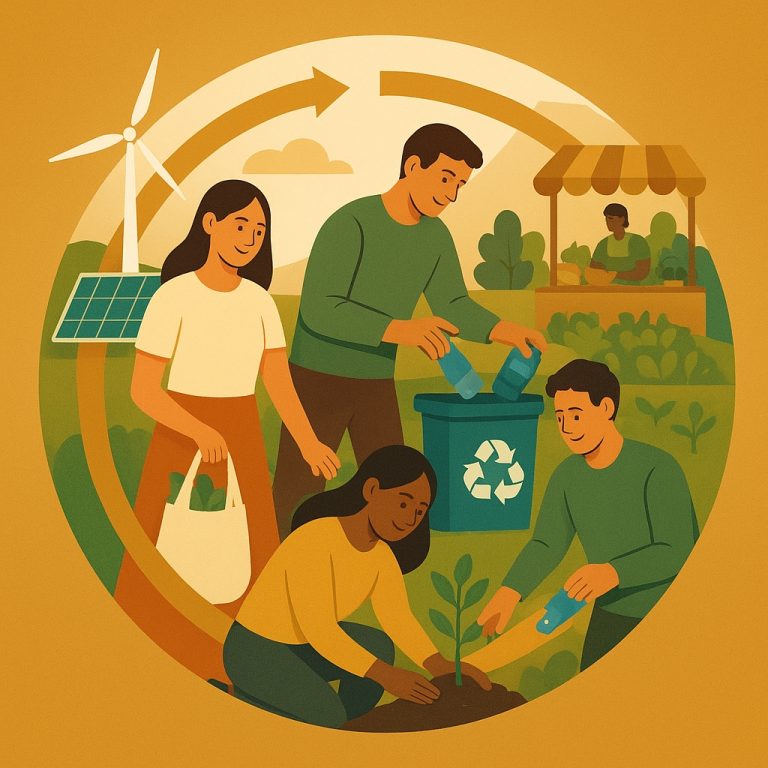Philadelphia’s Fruit Trees
These fruit trees are blooming, signaling the arrival of a bountiful harvest. However, as the city becomes adorned with the vibrant colors of nature’s bounty, questions arise regarding who gets to enjoy the fruits. This is the real problem having in Philadelphia. The distribution of this harvest is an important topic, encompassing various factors and initiatives undertaken by the city and community organizations. This responsibility should be consider to be taken by the top leader. Let us now delve deeper into this issue to gain a comprehensive understanding that how to harvest real fruit.
In Philadelphia, a significant number of fruit trees can be found on public lands, such as parks and streets, which are managed by the Philadelphia Parks & Recreation Department and other municipal authorities. These entities typically take on the responsibility of overseeing the management and distribution of the harvest that is really important in this regard. They may organize events or collaborate with community groups to ensure equitable access to the produce. By engaging volunteers and organizing harvest gatherings, they foster a sense of community participation and encourage individuals to connect with the environment.
Community gardens and orchards also play a crucial role in Philadelphia’s urban landscape. These spaces bring residents together, providing opportunities for them to cultivate and maintain fruit trees. Within these initiatives, guidelines or agreements are often established to determine how the harvest is shared. Participants typically receive a portion of the produce, fostering a sense of ownership and empowerment. Moreover, some of the yield may be dedicated to community events or donated to local organizations, thereby promoting broader community engagement and addressing food insecurity concerns.
In certain neighborhoods, programs specifically focused on fruit tree management and harvesting have emerged. These initiatives operate on a neighborhood level and involve collaboration between residents, community organizations, and local authorities. Volunteers work together to care for the trees, ensuring their health and productivity. Harvesting is usually distributed among participants, with allocation determined by various factors such as rotation systems, need-based criteria, or equal sharing. By fostering a spirit of cooperation and mutual support, these programs strengthen social bonds and create avenues for dialogue around sustainable food practices.
Philadelphia is also home to numerous organizations and projects that prioritize food justice and equitable access to fresh produce. These entities collaborate with local communities, urban farmers, and individuals interested in harvesting the city’s fruit trees. They focus on reaching underserved areas and communities with limited access to fresh food, aiming to bridge the gap and foster food security. Through educational programs, outreach initiatives, and partnerships, these organizations ensure that the benefits of the harvest extend to those who need them the most.
While public and community-driven efforts are essential, individual harvesting and foraging also play a role in the distribution of the fruit tree harvest. Private property owners may permit individuals to harvest the produce from their trees, promoting a sense of neighborly interaction and community sharing. However, it is vital to respect property rights and adhere to any regulations or permissions required for harvesting. Responsible foraging practices must be followed, ensuring that the trees are not harmed, and resources necessary for their long-term health and survival are preserved.
In conclusion, the distribution of Philadelphia’s fruit tree harvest involves a multi-faceted approach that encompasses municipal efforts, community-driven initiatives, and individual responsibilities. The collaborative efforts of local authorities, community organizations, and residents are paramount in ensuring fair and inclusive access to the bountiful produce and promoting a sense of shared ownership. By nurturing these initiatives and encouraging active participation, Philadelphia can celebrate the abundance of its fruit trees while addressing food equity and strengthening community bonds.

